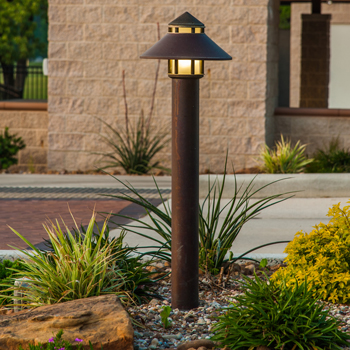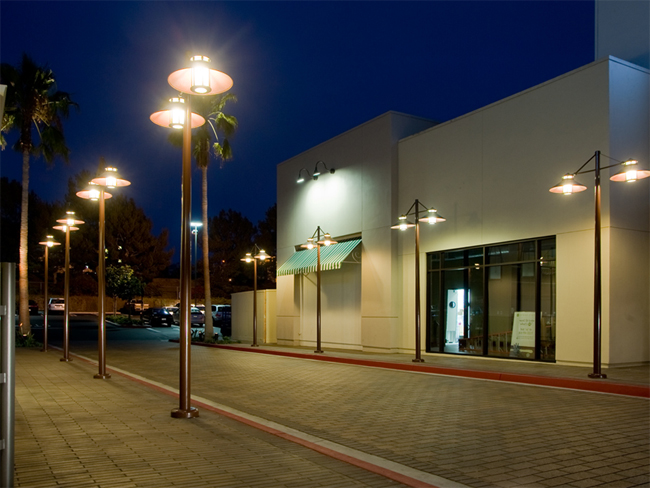Every month, TEKA Illumination's Customer Service Team will answer your Frequently Asked Questions:
QUESTION: What are the differences between a bollard, post or pole-mounted fixture?
ANSWER: Although many different types of fixtures can be mounted on each, the primary difference between a bollard, post or pole-mounted fixture is the overall height. Each type has an intended purpose within the landscape.
A bollard is classified as a luminaire that has a height less than four feet.

Bollards, like the Beacon Shaded Bollard, are generally used as decorative elements within a landscape, can be utilized as low-lying sidewalk markers or illuminate specific areas of interest such as flowering beds. The nomenclature originally stems from naval tradition referring to the mooring bollards found on quays and docks to secure water craft. Today, bollard’s meaning has expanded to include “a series of short posts set at intervals to define an area.” The photo to the left was taken at the Ocean Reef Club in Key Largo, Florida.
A post-mounted luminaire typically has an overall height between four and six feet.

Post mounted luminaires are best suited to illuminating human scaled areas of interest or outlining thoroughfares, gates or serve other marking tasks. They are meant to be seen at a farther distance over a bollard but not illuminate expansive surface areas like a pole-mounted fixture. The photo to the left is from the Village Golf Club near Lake Conroe, Texas.
A pole-mounted luminaire has an overall height of eight feet or more.

A pole-mounted luminaire is meant to be a major marker that is seen across great distances providing maximum light. It is not uncommon for Large Beacon Pole luminaires to light entire roadways, entrances for shopping centers or line grand boulevards.




